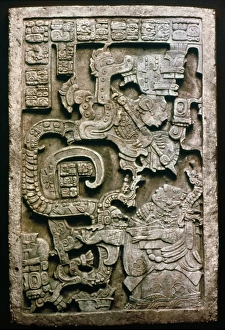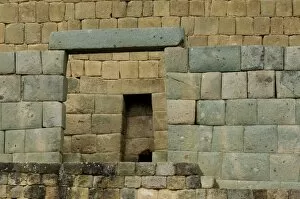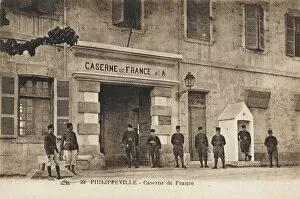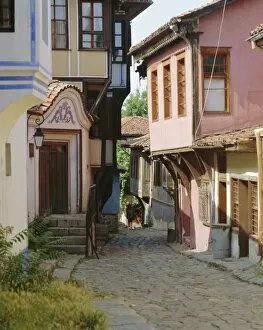Lintel Collection (page 4)
The lintel, a timeless architectural element, holds within its intricate carvings the stories of ancient civilizations
All Professionally Made to Order for Quick Shipping
The lintel, a timeless architectural element, holds within its intricate carvings the stories of ancient civilizations. From the Lion Gate in Mycenae to the ruins in the Forum of Ancient Rome, these stone beams bear witness to history's grandeur. In Mycenae, standing proudly at the entrance of the city, is the Lion Gate. This monumental structure showcases two majestic lions carved into its lintel, symbolizing power and strength that once ruled this ancient Greek civilization. Traveling further back in time to Ancient Rome, we find an ancient Roman road traversing through columns and ruins in the Forum. As we walk along this path, our eyes are drawn to a weathered lintel that silently tells tales of emperors and gladiators who once walked these very streets. Venturing eastward from Greece to Egypt, we encounter a Tholos Tomb adorned with an intricately carved lintel. Its hieroglyphs reveal secrets about life and death during this enigmatic era. Moving on to Beth Shean Gate in Israel, we discover a remarkable lintel inscribed with Ramesses III's name - a testament to his reign as one of Egypt's mighty pharaohs. Crossing over into France brings us face-to-face with Gothic art at Notre Dame Cathedral. The Portal of the Virgin captivates us with its ornate detailing on every inch of its lintels - an exquisite display of craftsmanship from medieval times. Journeying now towards Catalonia reveals 14th-century arch architecture art. Here lies another captivating example where Catalan artisans skillfully crafted intricate designs onto their linteled structures - leaving behind masterpieces for generations to admire. In Upper Galilee stands Nabratein Synagogue's Torah Niche Lintel; it whispers stories from Jewish traditions etched upon it – connecting worshippers across centuries through faith and devotion. Returning once more to Greece unveils yet another magnificent sight: The Lion Gate in Mycenae.
















